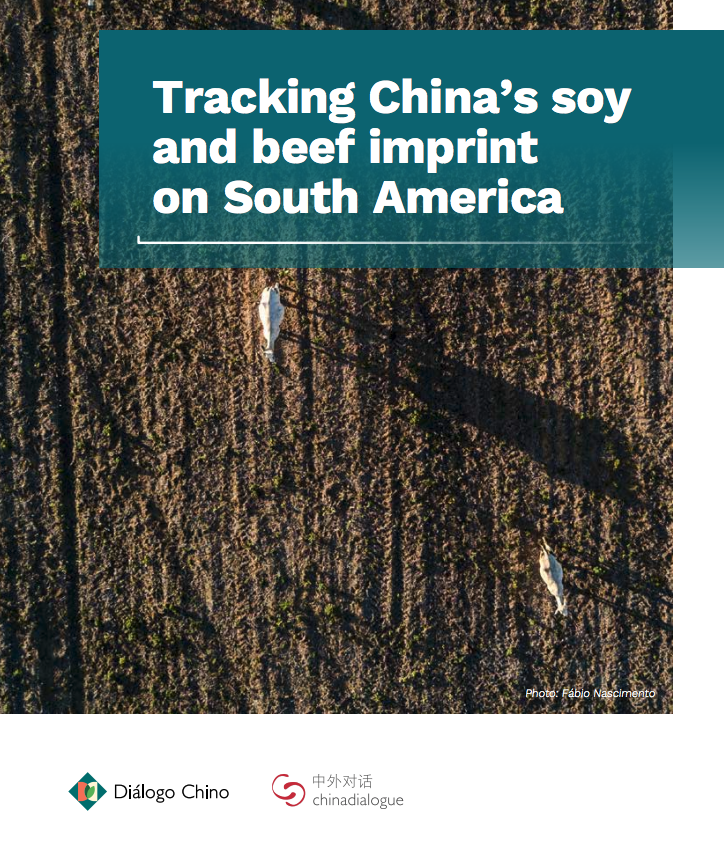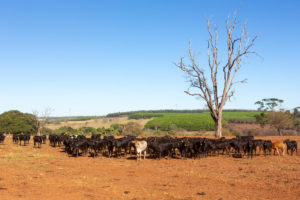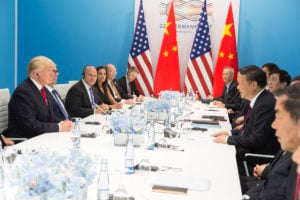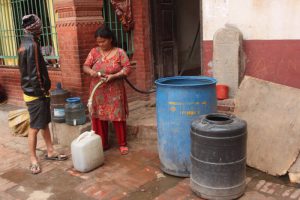Very few images have commanded the scale of recent global media attention, and censure, as those depicting the fires that ripped through the Amazon in August and September 2019.
The fires reignited an impassioned international debate about sovereign resource management and responsibilities to limit the emissions that cause climate change. But they also helped illuminate the complex role of both producers and consumers of South American agricultural commodities in driving deforestation in its most sensitive biomes.

Chinese food companies bought up a quarter of Brazilian beef exports in 2018, up 50% on the previous year and more than any other country. As well as beef, China buys more soy than any other country from both Brazil, where production grew 312% between 1991 and 2017, and Argentina.
At a critical time of shifting global trade patterns and renewed threats to the world’s largest continuous rainforest, Diálogo Chino presents special series of articles examining China’s soy and beef footprints in South America. The series explores new ways of satisfying growing demand whilst making trade more sustainable.
And despite the numerous challenges, there are causes for optimism. Chinese consumers increasingly care about what they eat and the market for sustainably-sourced foods is growing. In recognition of this, big state-owned Chinese commodities traders such as COFCO have made commitments to eliminate deforestation from supply chains.
The articles in this series bring unique Chinese and local perspectives to the conversation about how to improve sustainability, which has implications not only for those invested in the agriculture trade, but for the entire globe.









